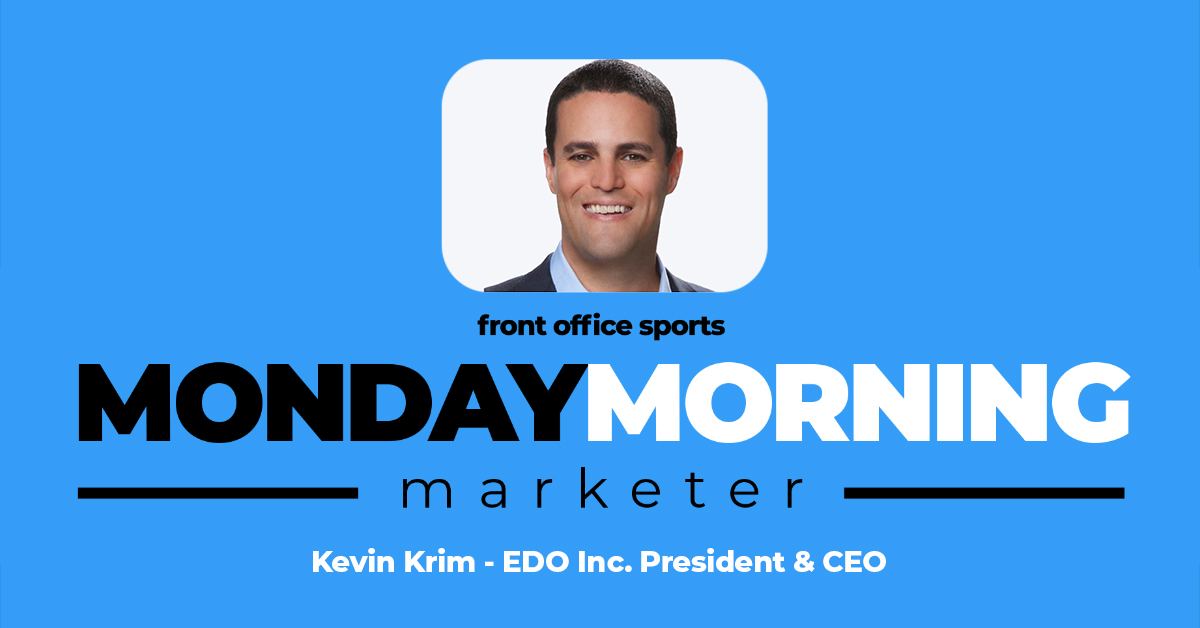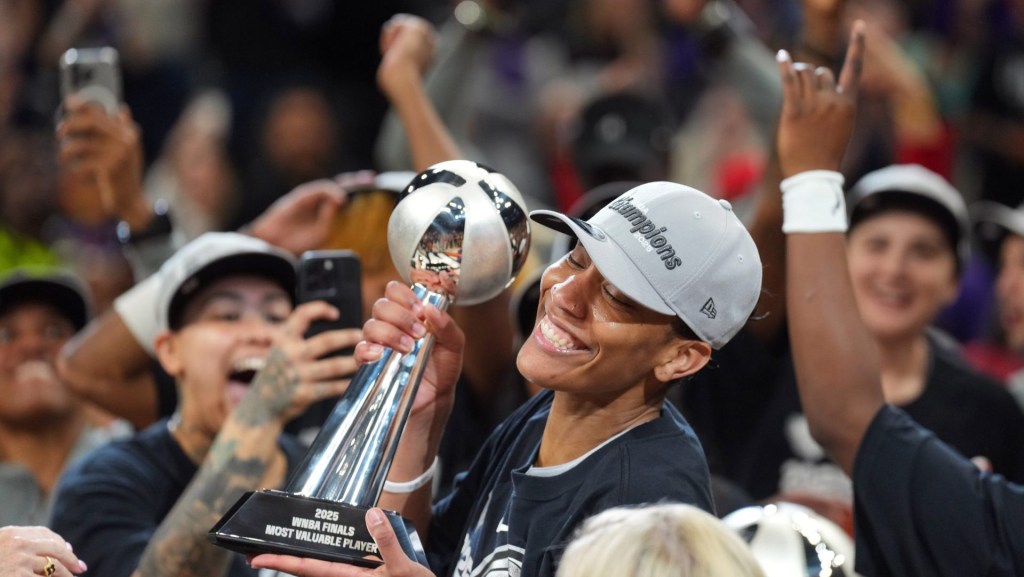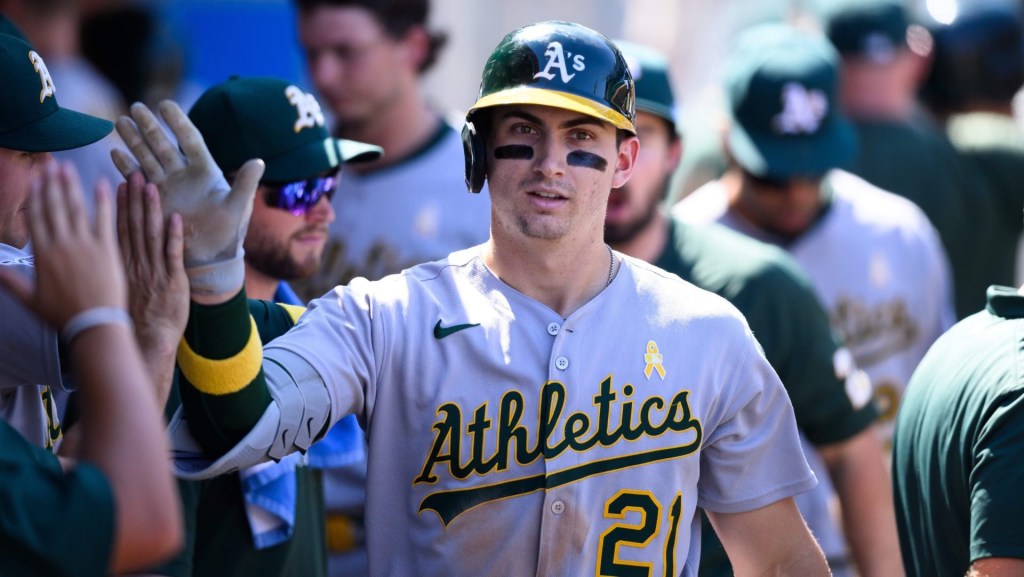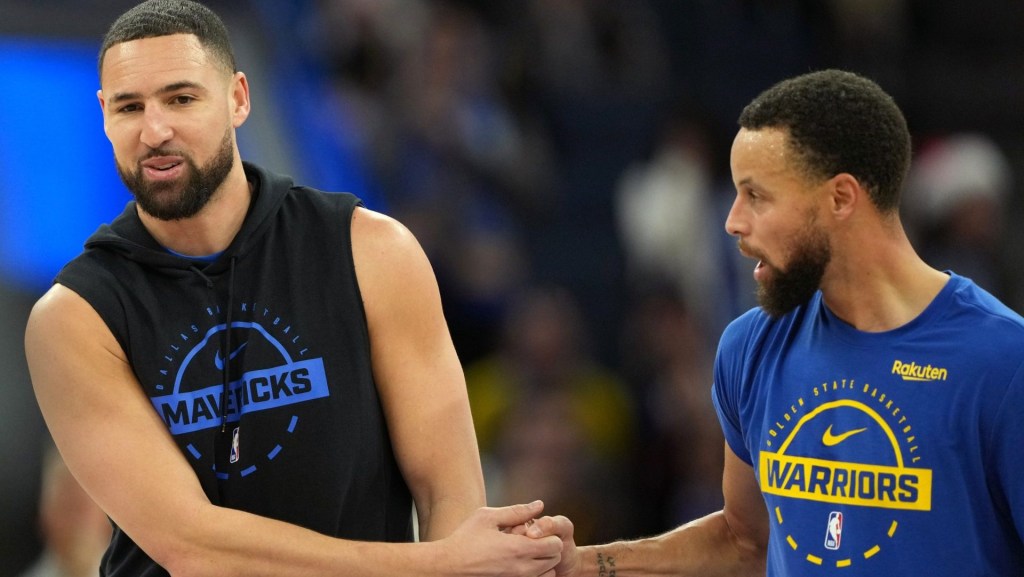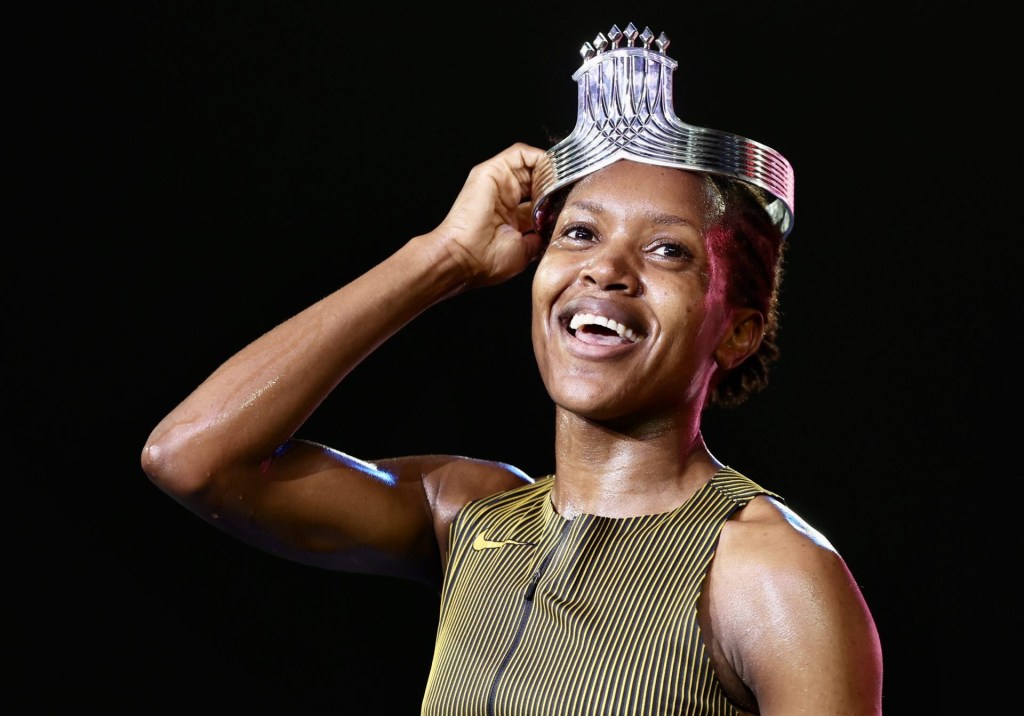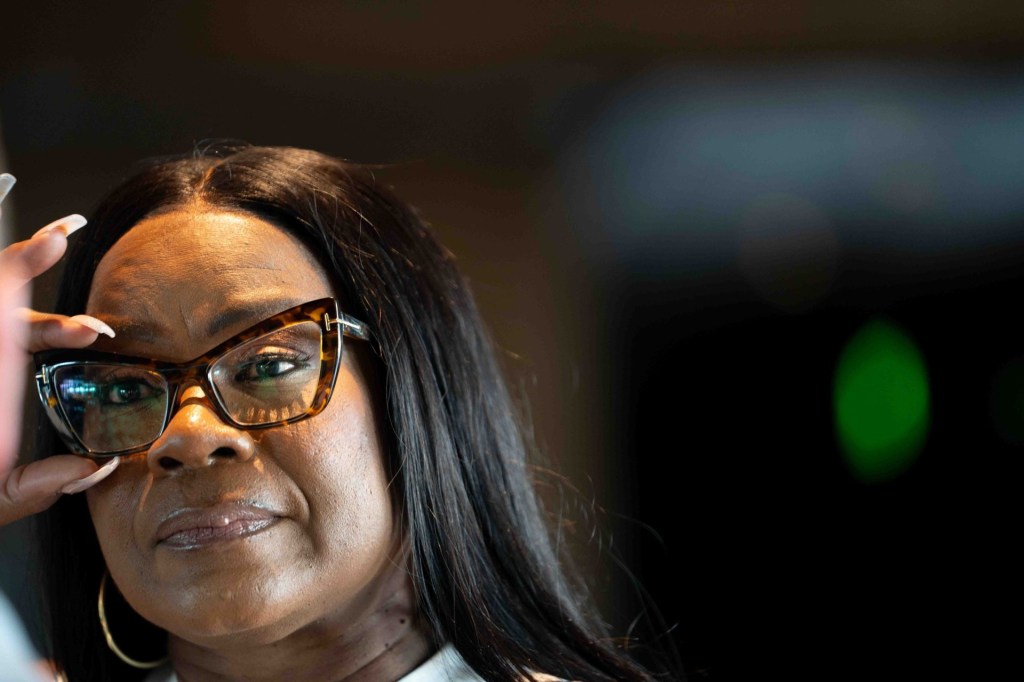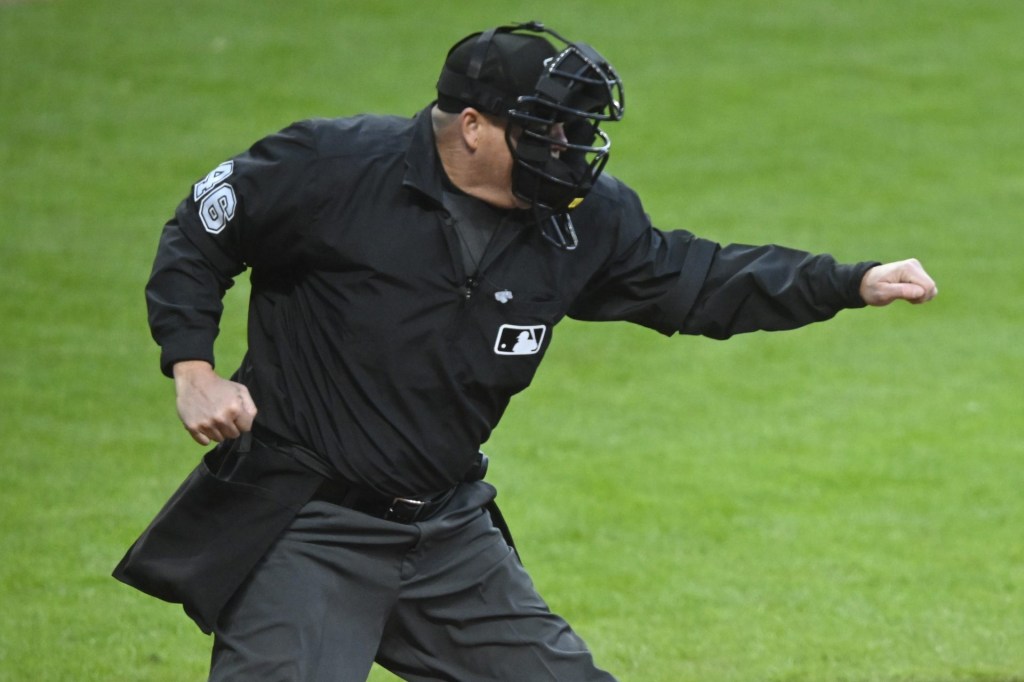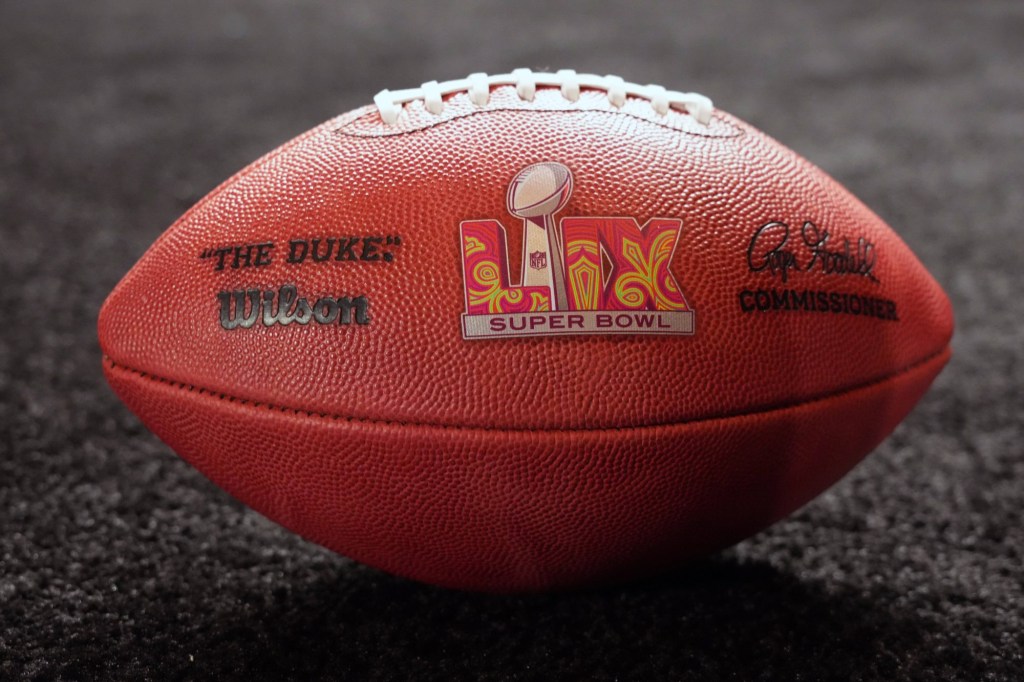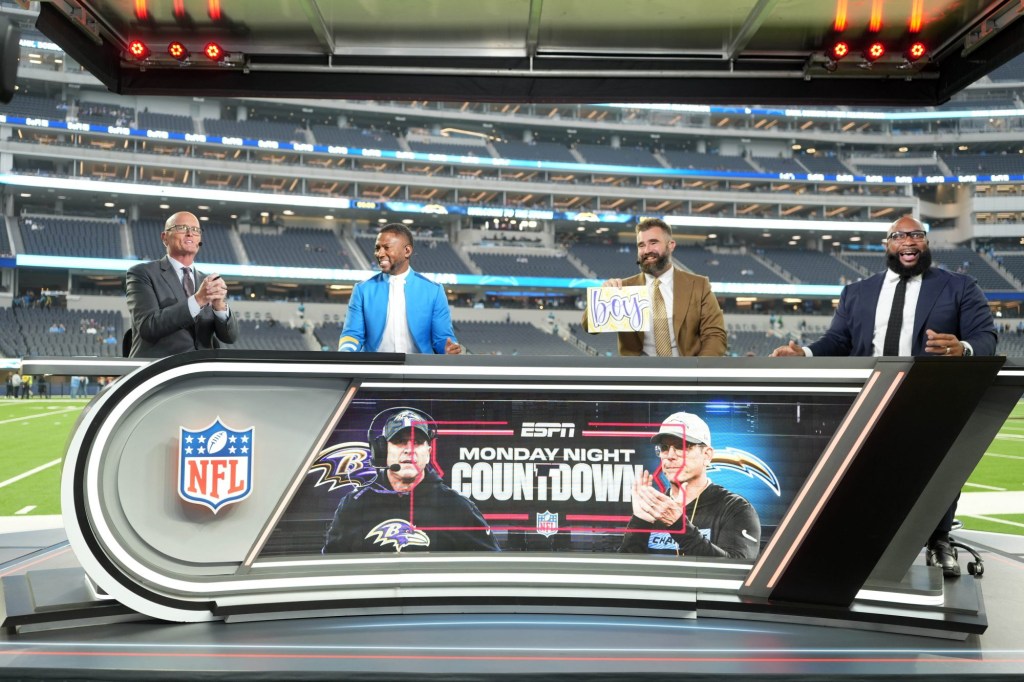As live sports dried up, so too did some of the most valuable advertising real estate in the world.
According to the advertising data analysis company EDO, eight of the top 10 programs for driving consumer search behavior were live sports.
Data analytics company EDO focuses on the media and entertainment business, measuring the effectiveness of advertising through engagements. At the core of the company’s work is the motto, “Watch what people do, not what they say they’ll do.”
To achieve that, EDO uses public data from major search companies to see what people search for when exposed to information on TV. The five-year-old company now has a database of every ad on TV since 2015, scored by consumer search behavior.
FOS caught up with EDO President and CEO Kevin Krim to discuss what the absence of live sports means to the advertising industry and where that money could end up.
According to EDO’s data, of the top 100 events in the past 12 months, eight of the top 10 programs most likely to drive consumer search behavior were live sports. Many of the next ten were live sports as well.
Krim: When you look at how many of those have been affected by the COVID-19 crisis, it’s stunning.
The biggest thing to realize is that the reason TV networks pay so much for those rights is they’re really good vehicles for advertising and bringing in revenue. They are bigger audiences than any other type of TV in this era, and on top of that size, on a per-person basis, they are the most effective vehicle. So sports have a huge reach, but they have huge engagement as well, a huge ability per person to drive more engagement.
Spring is one of the most valuable times of the year when it comes to advertising in sports, as well. Between March Madness, NBA and NHL playoffs, and MLB starting up, sports tend to dominate TV.
With cancellations and indefinite postponements, the rug has been pulled out.
Krim: Now, we have months without the most effective, valuable programming on TV.
Always the emphasis, first and foremost, is these were the right set of decisions by the leadership of the leagues to take the tough decision to cancel these games. But it underlines the massive economic impact and disruption to an important medium to marketers who are fundamentally achieving something important, which is to inform and influence consumers.
They’ve got millions of employees depending on them in these industries, and now it’s massively disrupted.
The 2020 NCAA Tournament is gone, and the future of the postponed NHL and NBA seasons, among a plethora of other events, is up in the air. So companies and their agencies are running through various scenarios to see where the money and campaigns can be refocused.
Industries usually with very large advertising budgets, as well as restaurants and the automotive space, have been hit by the economic ramifications of the new normal. Krim referenced a National Restaurant Association survey that found 47% of restaurants reported temporary or permanent closure, with another 11% expecting a similar fate within the next month. The industry represents 10% of the U.S. workforce.
Likewise, the automotive industry, employing 8 million Americans, has seen factories and dealerships closed.
Krim: There were a lot of manufacturers in the midst of new vehicle campaigns for March Madness that now have to scramble to redeploy. They still want to sell cars, and there’s a need out there – tons of leases are expiring over the next few months.
A huge number of automakers have deployed new specific messages of new commercials that address the crisis, discussing what the brands are doing to support the customers.
Same with the restaurant brands, emphasizing you can order out. Burger King got out two 15-second spots that emphasize contactless drive-thrus. That quick pivoting is smart.
They’re not taking advantage, but responding in a way that’s helpful and informative, and that’s hugely effective.
The pivots by automakers and restaurants are part of a three-fold process Krim says advertisers are working through. The first two are reducing spend and rolling out creative messaging.
The third is replanning the media buys.
Krim: There are cases of spending less as a temporary response because they need to keep costs in line, but at the same time, advertisers want to keep economic activity that is responsible but needs to find where the viewer and audience are, and those media are changing.
The intuitive one is people are watching more news, broadcast and cable have higher ratings, and there is a distinct move by TV networks to respond to that.
More channels are moving into entertainment programming; live sports are moving into no live sports, shifting mix into the documentaries and news about the NFL trades. If you’re a data-driven and nimble brand, you can still reach your customers where they are.
If football can start on time, that’s a huge benefit for the second half of the year. NFL and college football just dominate viewership and effectiveness, that’s a huge turning point if those can stay on schedule.
Most of the replacement programming, however, won’t near the reach or engagement level live sports has. That’s why the Super Bowl is so often the pinnacle of advertisement. If anything, this disruption to live sports is likely to prove out why the industry is so valuable to others.
How it affects future values is yet to be determined, however as negotiations for the next primetime season are just traditionally getting started. With so much uncertainty for the rest of the year, there’s a lot in the air. The coronavirus outbreak will undoubtedly change how the industry works.
Krim: Networks have a tougher job, but advertisers still need this programming. The current disruption will probably future change contracts a little bit, wanting more options to use if it gets disrupted.
Perhaps the most significant disruption of all is the Olympics postponement. Sponsors plan for years around the event, and while much of the ad spend will just shift to 2021, it can leave a lot in limbo for actual plans.
Krim: I don’t think you’ll see any major Olympic sponsors back away, but what you will see is a lot of the folks who had plans baked around this hugely powerful moment feel it.
Using Rio as the baseline, the Olympics generate, for two weeks every night in prime time, 25 million people watching. That consistent reach is Sunday Night Football every night for two weeks, but a hugely different and more inclusive demographic than other live sports. People had planned around that, and you can’t replicate that.
If you have plans to launch a new product, maybe the next version of a smartphone, you’re suddenly wondering if you can launch that in any other way.
A lot of things just push to 2021, but that has a real impact in 2020.
